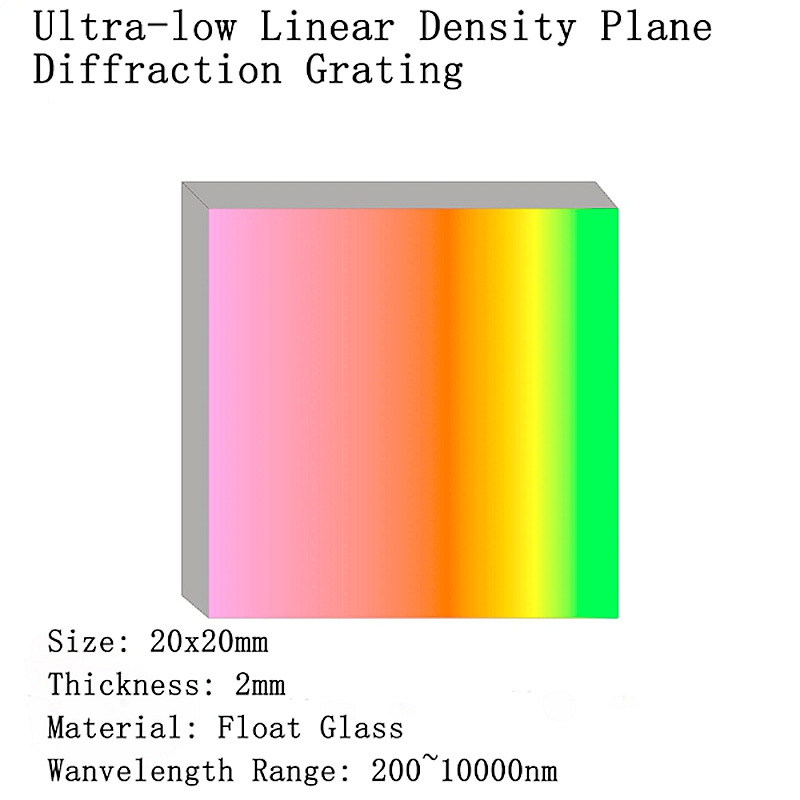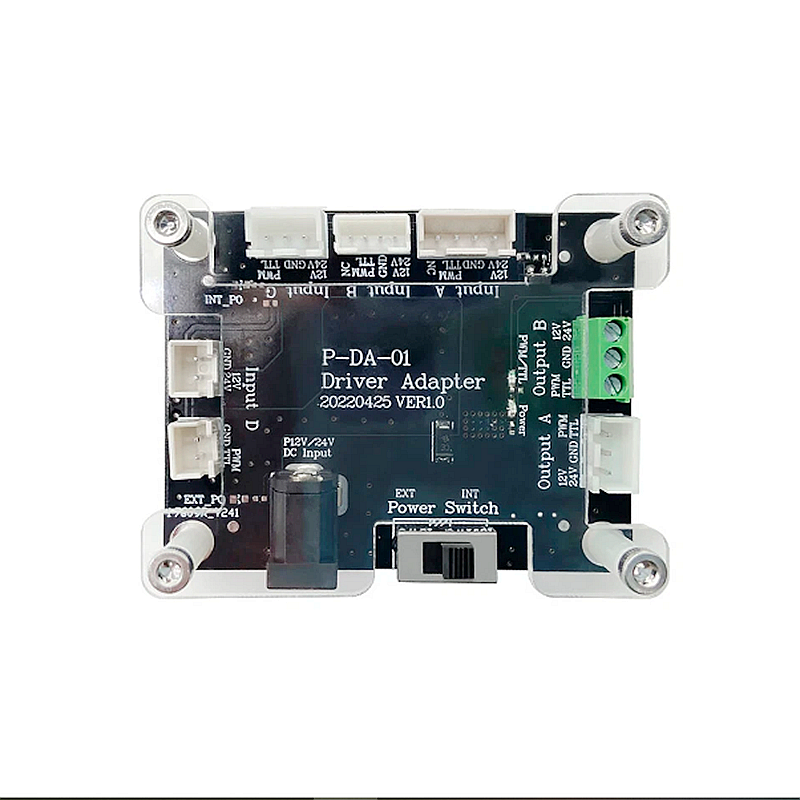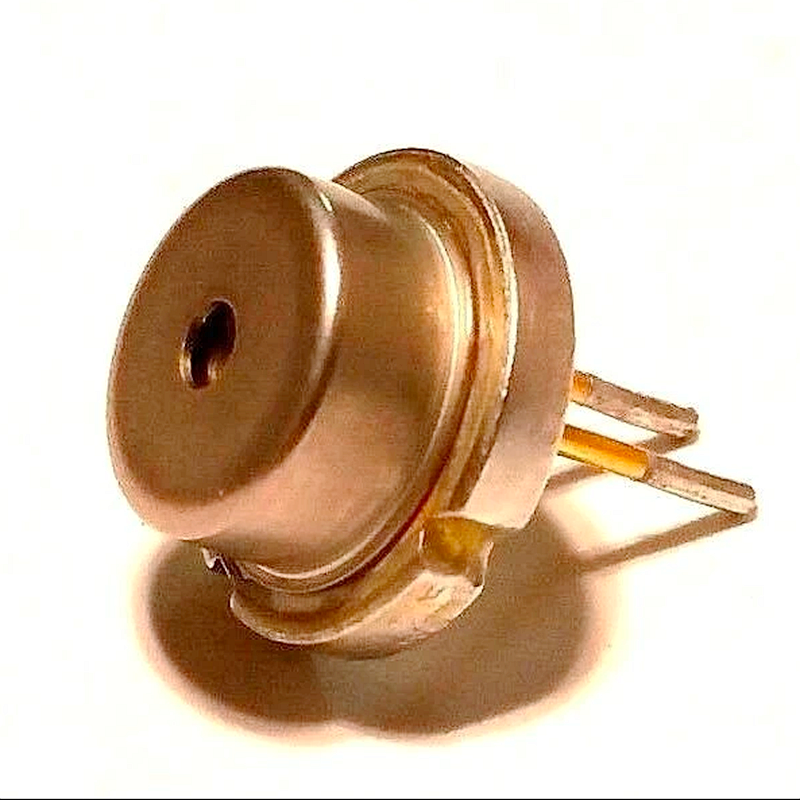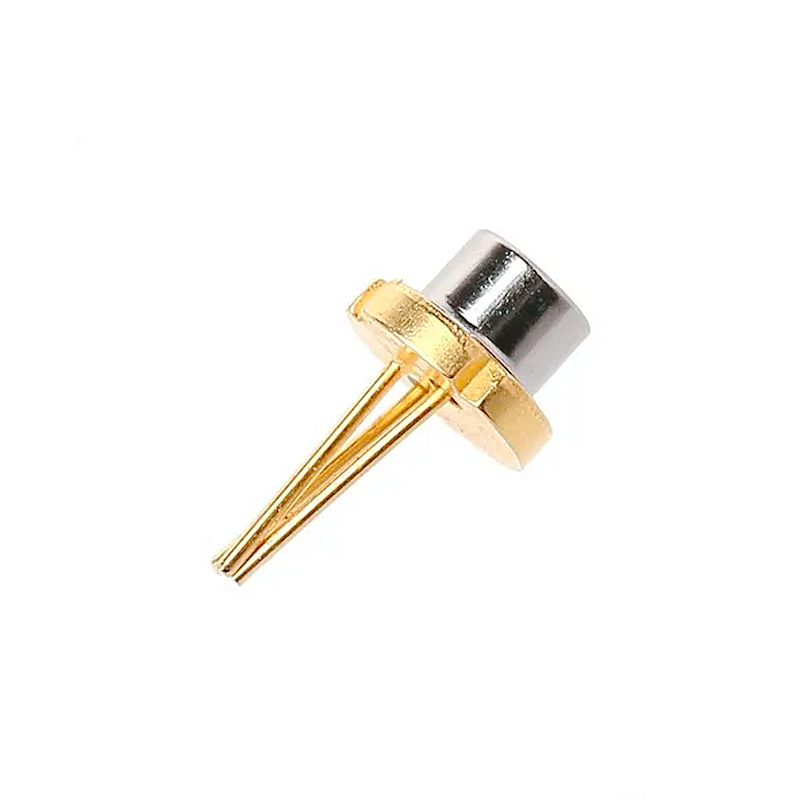Description
Ultra-low Linear Density Plane Diffraction Grating Spectroscopic Interference Optic Experimental Instrument Holographic Gratings
Specifications
Brand Name: SRATE
Shape: Plano
Model Number: Ultra-low Linear Density Plane Diffraction Grating
Usage: Optical
Structure: Plane
Material: Glass
Size: 20x20mm




Reviews
There are no reviews yet.